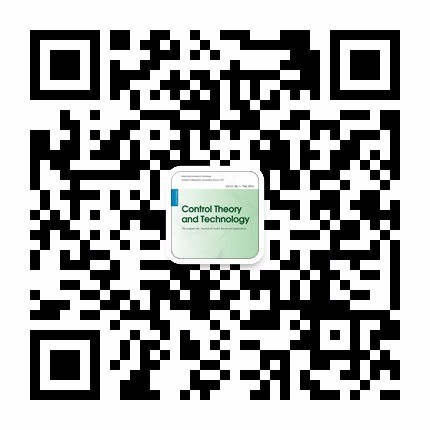| 摘要: |
| The steady-state or cyclic control problem for a simplified isolated traffic intersection is considered. The optimization problem for the green-red switching sequence is formulated with the help of a discrete-event max-plus model. Two steady-state control problems are formulated: optimal steady-state with green duration constraints, and optimal steady-state control with lost time. In the case when the criterion is a strictly increasing, linear function of the queue lengths, the steady-state control problems can be solved analytically. The structure of constrained optimal steady-state traffic control is revealed, and the effect of the lost time on the optimal solution is illustrated. |
| 关键词: Steady-state control Discrete-event models Isolated traffic intersections |
| DOI: |
|
| 基金项目:This work was supported by the Technion - Israel Institute of Technology. |
|
| Constrained optimal steady-state control for isolated traffic intersections |
| J. Haddad |
| (Technion Sustainable Mobility and Robust Transportation (T-SMART) Laboratory, Technion - Israel Institute of Technology, Haifa 32000, Israel) |
| Abstract: |
| The steady-state or cyclic control problem for a simplified isolated traffic intersection is considered. The optimization problem for the green-red switching sequence is formulated with the help of a discrete-event max-plus model. Two steady-state control problems are formulated: optimal steady-state with green duration constraints, and optimal steady-state control with lost time. In the case when the criterion is a strictly increasing, linear function of the queue lengths, the steady-state control problems can be solved analytically. The structure of constrained optimal steady-state traffic control is revealed, and the effect of the lost time on the optimal solution is illustrated. |
| Key words: Steady-state control Discrete-event models Isolated traffic intersections |

